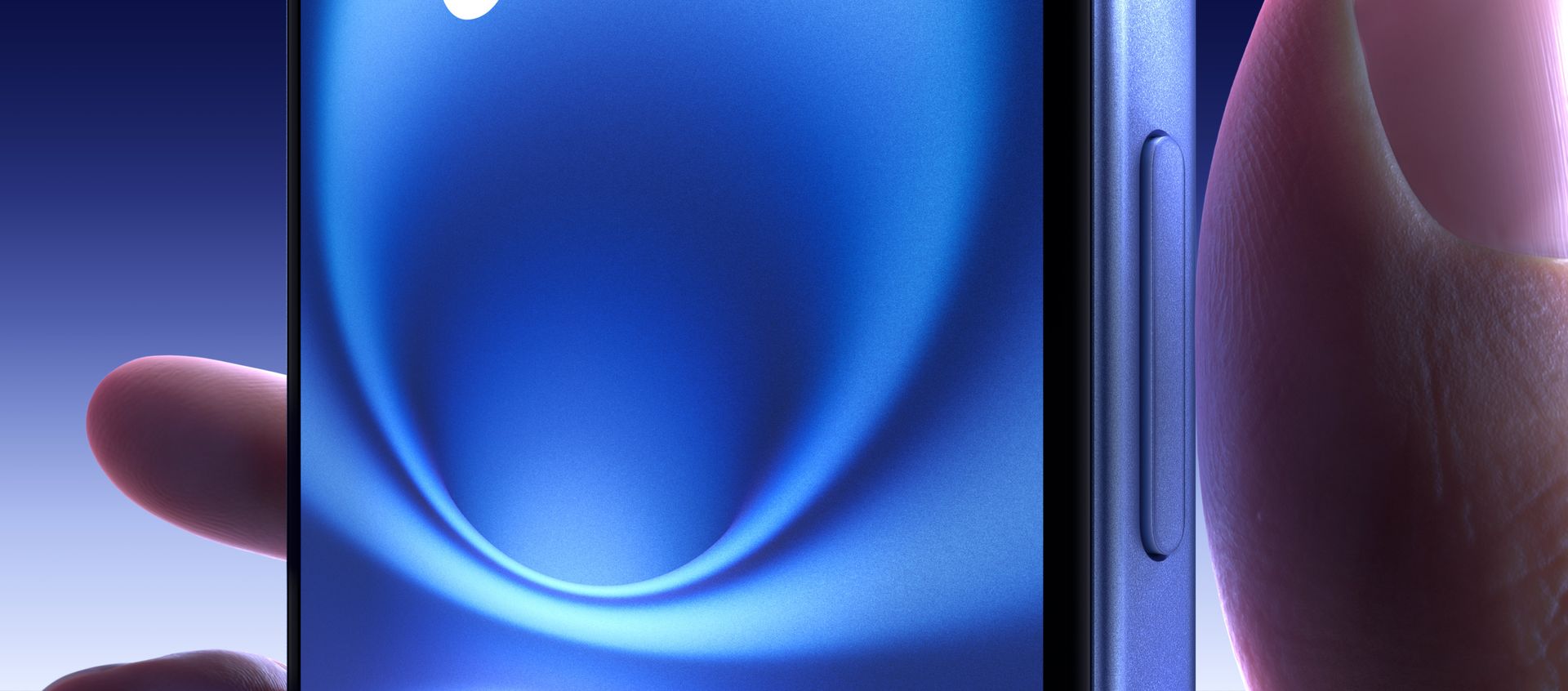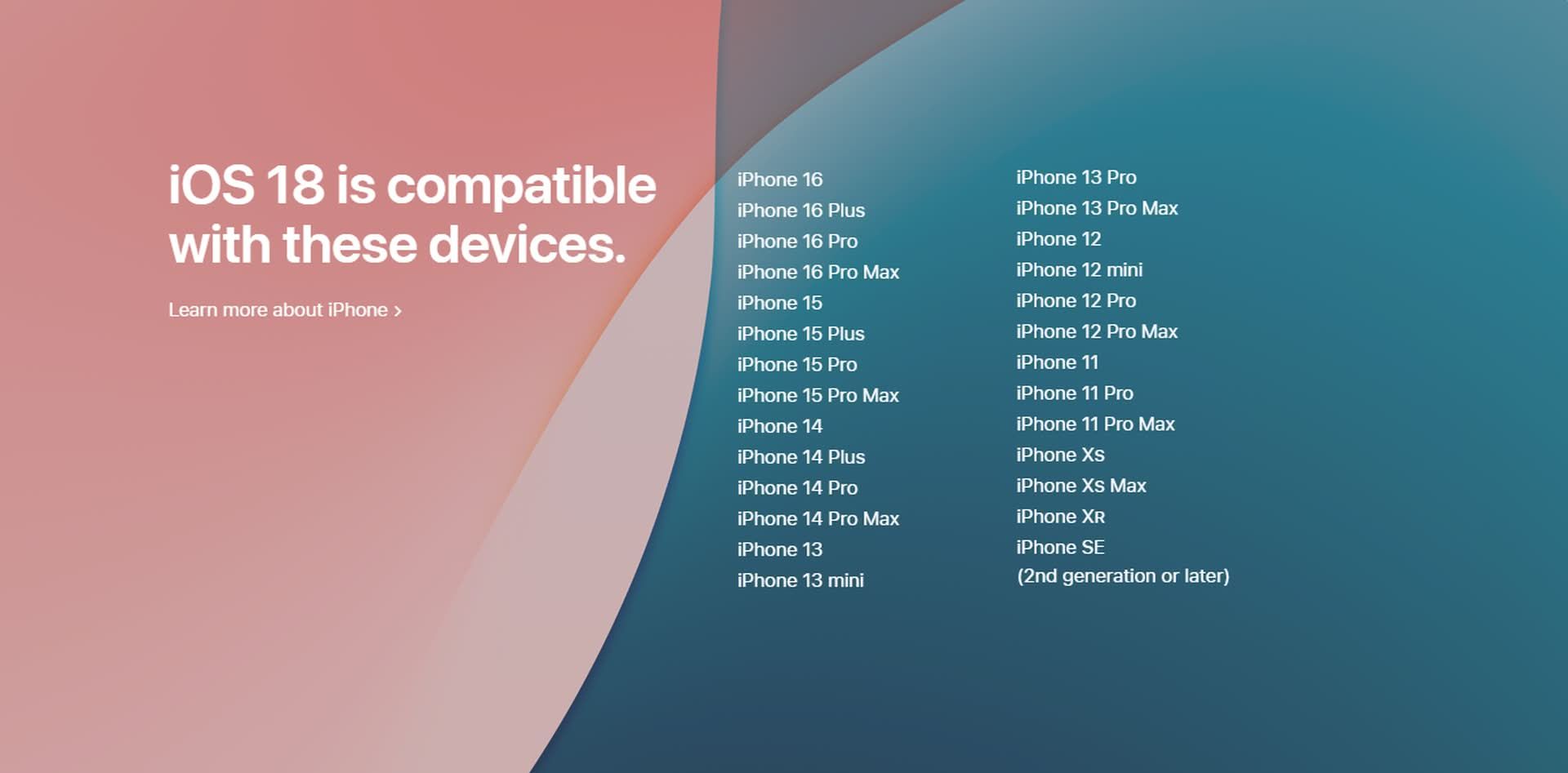Apple has once again raised the bar with its latest innovation: Visual Intelligence. Imagine having a tool that not only recognizes what’s in your photos but also provides instant, relevant information—all while keeping your data private. Does it remind you of Google Lens? Well, you are not alone, but today’s topic is Apple’s latest innovation. Whether you want to identify a dog breed, get details from a flyer, or learn more about something you come across, Visual Intelligence can help you. Here is how.
What is Apple Visual Intelligence?
Apple’s new feature, Visual Intelligence, is a big step forward in how we use our iPhones to learn about the world around us. This feature will be part of iOS 18 and aims to make image recognition smarter and more private.
Point your camera at things like pets, artworks, or gadgets, and Apple Visual Intelligence can tell you what they are. For instance, it can recognize dog breeds or identify various plants and products. If you snap a picture of text, such as from a menu or a flyer, Visual Intelligence can pull out important details like the event name, date, and location. This helps you get information quickly without typing it all in yourself.
Apple just announced its new Visual Intelligence for iPhone 16.
It looks insane 🤯 pic.twitter.com/JijqilD84S
— Alvaro Cintas (@dr_cintas) September 9, 2024
You can use Apple Visual Intelligence to get practical information, like finding out the hours of a restaurant, reading details on a flyer, or understanding handwritten notes. The feature also lets you search for more information online. For example, if you see a bike you’re interested in, you can use Visual Intelligence to help find more details about it through a web search.
Cool, but how does it work?
Here are two things you need to understand about Apple Visual Intelligence better:
Camera control integration
Visual Intelligence is accessed through a new capacitive button located on the side of the iPhone 16 and 16 Pro. To use this feature, simply press and hold the button while aiming the camera at the object or scene you’re interested in. This button is designed to be intuitive and easy to reach, allowing for a smooth user experience when activating Apple Visual Intelligence.

When you take a photo, Apple Visual Intelligence processes the image directly on your iPhone. This means that the analysis happens internally within the device’s own systems, without the need to send your photos to Apple’s servers. This on-device processing ensures that your images remain private and secure, as they are not stored or transmitted externally.
On-device intelligence
Visual Intelligence leverages advanced technology to provide immediate information about what you’re looking at. It can quickly identify objects, read text, or recognize landmarks within the image. This instant analysis helps you gain insights and answers about various elements in your environment right away.
Furthermore, Apple has designed Visual Intelligence with privacy in mind. The feature does not store or share your photos, maintaining a high level of confidentiality. By processing everything directly on your device, Apple ensures that your personal images are kept secure and private, enhancing the overall user experience.
Apple Visual Intelligence release date
Apple hasn’t given a specific date yet, but Visual Intelligence is expected to be released later this year as part of the iOS 18 update.

Are you still thinking about the similarities between Google Lens and Apple’s Visual Intelligence? Let’s take a closer look at the tech behind all!
Visual intelligence meaning explained
Visual intelligence in general refers to a sophisticated technology that enables devices to understand and interpret visual information from the world around them. It combines advanced image recognition and processing techniques to analyze and extract meaningful data from images and videos. It encompasses several key areas:
- Computer vision: This is the field of artificial intelligence that trains computers to interpret and make decisions based on visual inputs. This includes recognizing objects, understanding scenes, and tracking movements.
- Image recognition: This involves identifying objects, people, text, or other elements within an image. For example, facial recognition technology in security systems is a form of image recognition.
- Video analysis: Beyond static images, visual intelligence also includes the ability to analyze video content, such as detecting and tracking movements, recognizing actions, or understanding context over time.
- Visual perception: This is the system’s ability to mimic human visual perception, allowing it to understand visual data in a way that is similar to how humans see and interpret the world.
- Augmented reality (AR) and virtual reality (VR): These technologies use visual intelligence to create immersive experiences by blending digital elements with the real world (AR) or generating entirely virtual environments (VR).
Computer vision’s quest to teach machines to see like humans
Overall, visual intelligence aims to enable machines to “see” and understand the visual world, improving interactions with technology through more intuitive and natural interfaces.
Featured image credit: Apple





